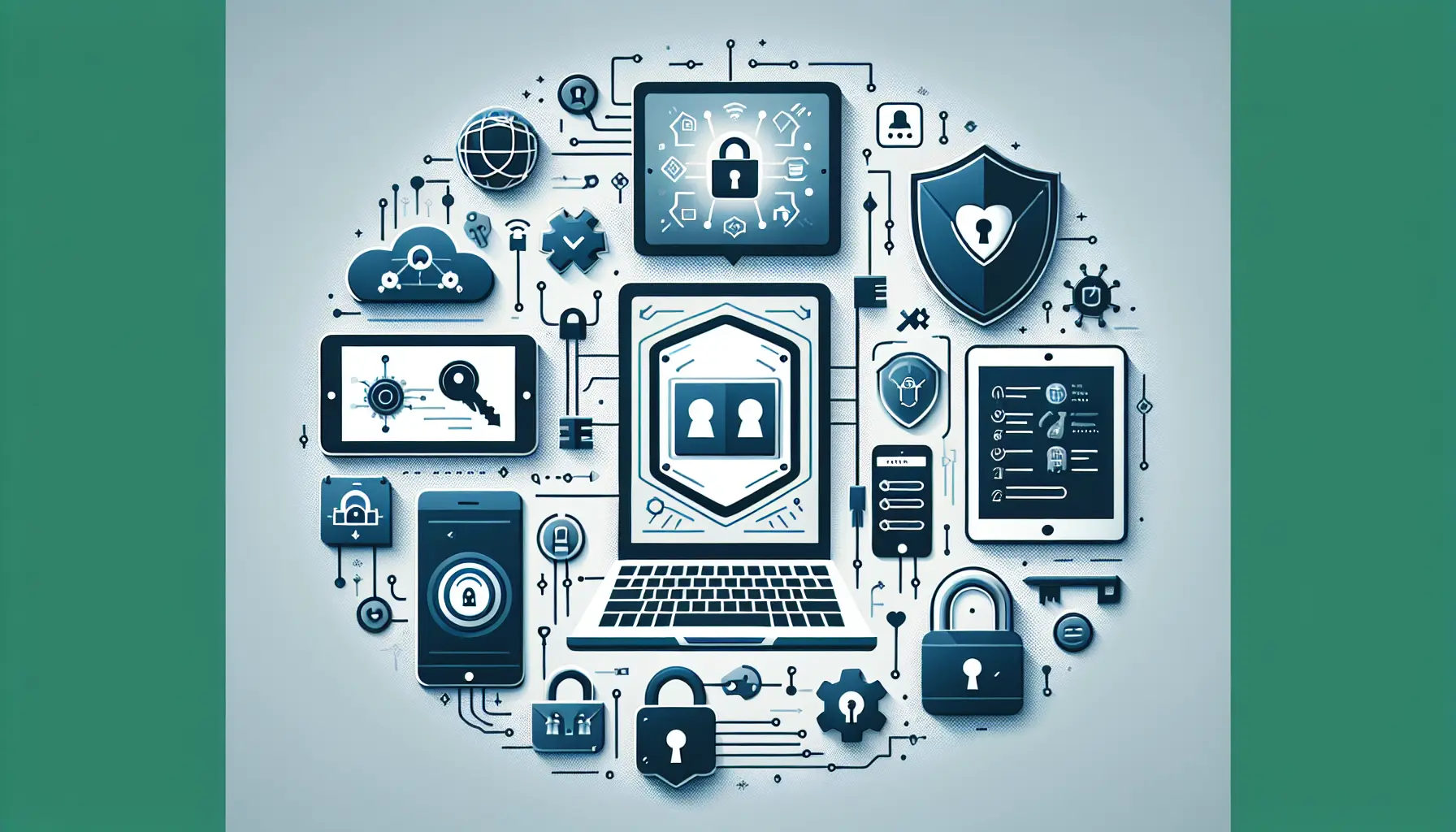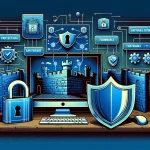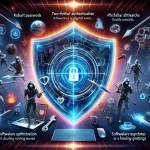
Estimated reading time: 8 minutes
Key Takeaways
- Cybersecurity Essentials: Understanding the basics of cybersecurity is crucial for protecting your digital life.
- Key Principles: Familiarize yourself with confidentiality, integrity, and availability to enhance your security posture.
- Essential Tools: Utilize antivirus software, password managers, and VPNs to safeguard your information.
- Threat Awareness: Recognize common cyber threats like malware and phishing to better defend against them.
- Strong Passwords: Create complex passwords and consider using passphrases for added security.
Table of Contents
- Why You Need to Care About Cybersecurity
- Getting Started with Cybersecurity Fundamentals
- Essential Cybersecurity Tools Everyone Should Use
- Spotting and Stopping Common Cyber Threats
- Creating Strong Passwords That Work
- Safe Online Behavior Guidelines
- Building Your Personal Security Plan
- Next Steps in Your Security Journey
- Frequently Asked Questions
Why You Need to Care About Cybersecurity
Think about how many passwords you type in each day. From checking email to online banking, our lives run on digital systems that need protection. Cybersecurity isn't optional anymore – it's essential knowledge for anyone who uses technology.
This guide breaks down cybersecurity basics into practical steps you can start using today to protect your digital life. Whether you're concerned about identity theft or want to keep your personal information private, you'll find actionable advice that makes sense.
Getting Started with Cybersecurity Fundamentals
At its core, cybersecurity means protecting your computer systems, networks, and data from attacks. It rests on three key principles:
- Confidentiality: Keeping your information away from unauthorized viewers
- Integrity: Ensuring your data stays accurate and untampered
- Availability: Making sure you can access your systems when needed
Think of these principles like a secure house: locks keep unwanted visitors out (confidentiality), security cameras detect tampering (integrity), and you always have your key to get in (availability).
Essential Cybersecurity Tools Everyone Should Use
Your digital security toolkit needs these fundamental components:
- Antivirus software to catch malicious programs
- A password manager to create and store strong passwords
- A VPN for encrypted internet connections
- Regular system updates and security patches
These tools work together like a security system for your digital life. Each plays a specific role in keeping your information safe.
Spotting and Stopping Common Cyber Threats
Cyber attackers use several main tactics to target users:
Malware Attacks
Viruses, worms, and trojans can infect your devices through downloads or malicious websites. Protection requires:
- Updated antivirus software
- Careful screening of downloads
- Regular system scans
Phishing Scams
These deceptive messages try to steal your information by posing as legitimate sources. Stay safe by:
- Checking sender addresses carefully
- Never clicking suspicious links
- Using email spam filters
Ransomware Protection
This malware locks your files and demands payment. Prevent attacks through:
- Regular data backups
- System updates
- Smart download practices
Creating Strong Passwords That Work
Password security forms your first defense line. Create strong passwords by:
- Using at least 12 characters
- Mixing letters, numbers, and symbols
- Avoiding personal information
- Never reusing passwords across accounts
Consider using passphrases – strings of random words – for memorable but secure options.
Safe Online Behavior Guidelines
Smart online habits protect you from most cyber threats:
- Use https websites for transactions
- Avoid public WiFi for sensitive tasks
- Check privacy settings regularly
- Think before sharing personal information
Building Your Personal Security Plan
Take these steps to create your cybersecurity strategy:
- List all your devices and accounts
- Set unique passwords for each
- Enable automatic updates
- Schedule regular backups
- Review security settings monthly
Keep learning about new threats and protection methods through reliable sources like the Federal Trade Commission and National Cyber Security Centre.
Next Steps in Your Security Journey
Start implementing these security practices today:
- Install a reputable antivirus program
- Set up a password manager
- Enable two-factor authentication on your accounts
- Create secure backups of important files
Remember: cybersecurity isn't about perfection – it's about consistent good practices that reduce your risk of attacks.
Want to learn more? Check these resources:
- Federal Trade Commission's Security Guidelines
- National Cyber Security Centre Training
- Cybersecurity Basics by Google on Coursera
Your digital security improves with each step you take. Start with one change today, and build your protection over time.
Frequently Asked Questions
What is cybersecurity?
Cybersecurity refers to the practice of protecting systems, networks, and programs from digital attacks.
Why is it important to have strong passwords?
Strong passwords help protect your accounts from unauthorized access and reduce the risk of identity theft.
What are common types of cyber threats?
Common types of cyber threats include malware, phishing, ransomware, and social engineering attacks.
How can I protect myself from phishing scams?
To protect yourself from phishing scams, always verify the sender's email address and avoid clicking on suspicious links.
What should I do if I suspect a cyber attack?
If you suspect a cyber attack, disconnect from the internet, run a security scan, and change your passwords immediately.









